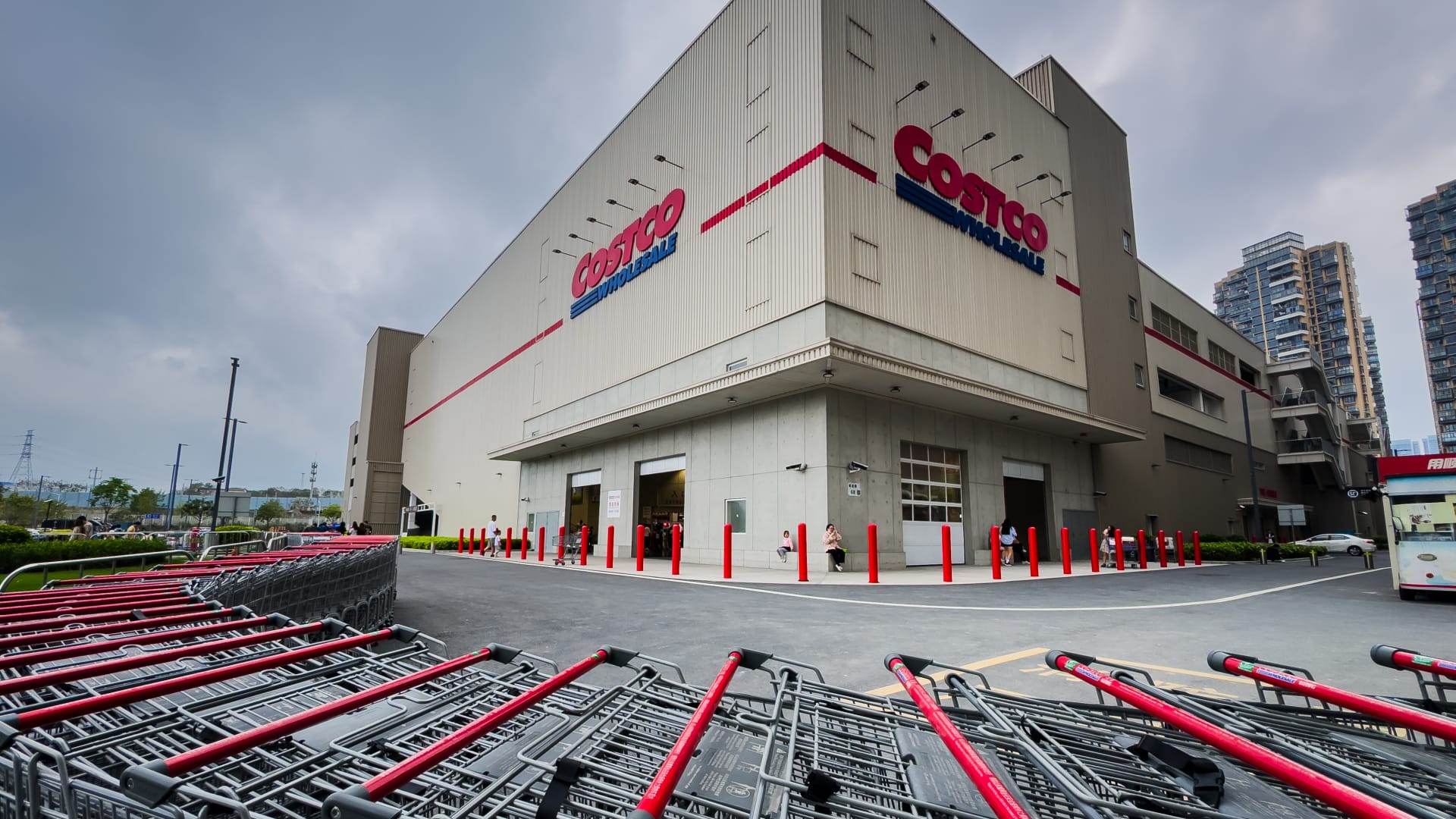Costco’s earnings performance in a complex tariff environment over recent quarters reveals an insightful narrative of resilience, strategic navigation, and evolving consumer behavior. The company’s ability to beat earnings estimates consistently despite external pressures like rising tariffs and inflationary challenges underscores critical lessons about operational strength and market positioning in the retail sector.
Navigating Tariff Challenges with Strategic Pricing and Supply Chain Adaptation
A dominant theme across Costco’s quarterly earnings reports in 2024 and early 2025 is the company’s deft handling of tariffs introduced by U.S. trade policies. With only about one-third of U.S. sales attributable to imported goods, Costco’s CEO Ron Vachris indicated that the company strategically minimizes the cost impact passed on to customers. This selective sourcing approach from domestic and diversified international suppliers acts as a buffer against tariff-driven cost spikes.
Despite the tariff volatility, Costco managed to maintain and even improve profit margins, a feat many other retailers struggled to achieve. This margin improvement amid a rise in merchandise costs highlights Costco’s efficient cost management and operational discipline. Moreover, the ability to sustain earnings per share above analyst expectations — for instance, the reported $4.28 EPS beating estimates of $4.24 — demonstrates robustness in profit generation.
Consumer Behavior: Value-Orientation and Bulk Buying Amid Inflationary Pressures
Costco’s core value proposition—delivering quality goods at competitive prices through its membership model—gains amplified significance during periods of economic uncertainty. Inflation-weary customers have gravitated towards bulk purchases and essentials, fueling comparable store sales growth (approximately 6.5% excluding gasoline and currency effects) and overall sales increases of about 8-9% year-over-year.
The higher membership fees implemented by Costco have boosted revenue, adding a layer of predictable income that supports steady cash flow even when sales growth fluctuates. Consumer caution prompted by tariff-related price hikes and inflation has not significantly deterred bulk buying practices, indicating that Costco’s model effectively matches evolving shopper priorities to replenish household necessities economically.
Stock Market Reactions: Mixed Signals Reflecting Market Sentiment
Despite positive earnings surprises, Costco’s stock performance displayed some volatility. After several earnings beats, shares have shown periods of decline, with dips of approximately 3-4% following certain reports. This dichotomy reflects nuanced investor sentiment—while fundamentals remain strong, ongoing concerns about tariff impacts, consumer spending caution, and merchandise cost inflation temper enthusiasm.
Analyst sentiment remains largely bullish, recognizing Costco’s exceptional earnings surprise history and stable market share gains. Shares have outperformed peers in the discount retail category, rallying about 24% over the past year compared to the industry’s 12.5% growth. However, short-term stock fluctuations following earnings announcements underscore the tightrope investors walk in balancing operational strength against macroeconomic uncertainties.
Strategic Advantages: Membership Model and Supply Chain Flexibility
Costco’s membership-based revenue stream is pivotal in insulating it from retail turbulence. The steady influx of membership fees combined with high customer loyalty supports revenue predictability. By carefully managing inventory and employing sophisticated price control, Costco adapts quickly to the shifting tariff landscape and fluctuations in consumer demand.
The company’s willingness to reevaluate and adjust international supply chains if tariffs became prohibitive demonstrates proactive risk management. This flexibility likely prevents severe disruptions or margin erosion, distinguishing Costco from competitors more reliant on vulnerable supply lines.
Future Outlook: Positioned to Lead Amid Continuing Tariff and Inflation Concerns
Looking ahead, Costco appears well-positioned to continue its earnings momentum. Analysts anticipate solid Q3 results driven by ongoing bulk buying patterns and membership revenue growth. The company’s strategic sourcing and pricing decisions should further cushion it from tariff-induced price volatility.
Furthermore, increased consumer activity driven by looming tariff deadlines suggests Costco customers may accelerate purchases ahead of potential price increases, creating positive short-term sales catalysts. While revenues faced some misses relative to estimates ($61.96 billion reported versus $63.11 billion expected in one quarter), the earnings per share beat and margin resilience paints a constructive picture.
Conclusion: A Case Study in Retail Resilience and Strategic Agility
Costco’s recent earnings saga reflects an outstanding example of how a retailer can thrive amid adverse macroeconomic headwinds such as tariffs and inflation. Through a combination of value-driven customer focus, flexible supply chain management, and a strong membership business model, Costco has repeatedly impressed analysts and investors by beating earnings expectations and sustaining profit margins.
While the market reaction may be mixed, the underlying business fundamentals signify a durable competitive advantage and operational prowess. Costco’s experience offers insightful lessons on how retail companies can leverage strategic agility and customer loyalty to navigate uncertain economic landscapes and emerge stronger. The company’s earnings outcomes thus underscore its status as a distinctive leader in discount retailing, capable of weathering global trade tensions while delivering consistent value to shareholders and consumers alike.





